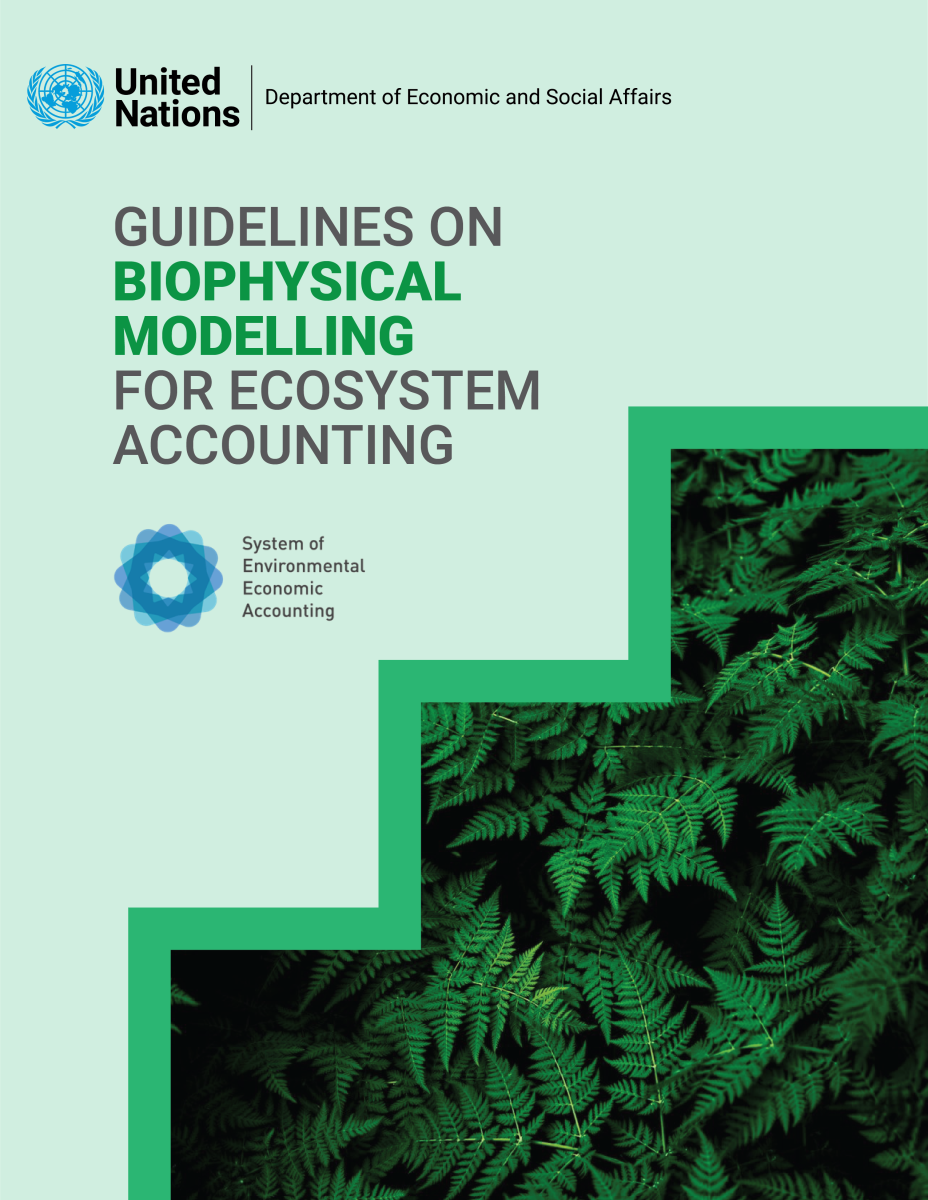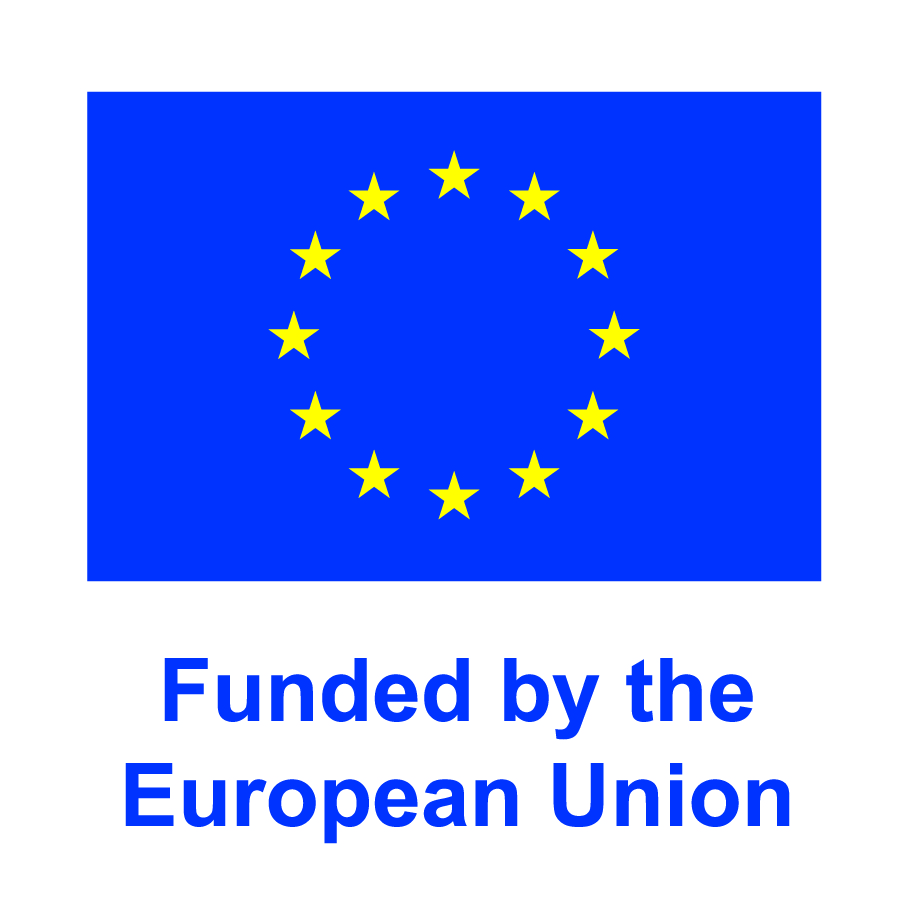Biophysical modelling
The SEEA Ecosystem Accounting (SEEA EA) implementation strategy was adopted by the United Nations Statistical Commission at its 53rd session in 2022. As part of the implementation strategy, several guidelines and technical reports are being developed to support the compilation of ecosystem accounts: Guidelines on Biophysical Modelling; a Technical report on Monetary Valuation of Ecosystem Services and Assets - Interim version; as well as tools to support compilation such as ARIES for SEEA.
Why guidelines on biophysical modeling?
The objective of the Guidelines on Biophysical Modelling for Ecosystem Accounting is to provide an overview of how biophysical modelling can be applied to facilitate the compilation of SEEA EA accounts. A unique characteristic of ecosystem accounts is that accounts are underpinned by spatial data sets. Biophysical modelling can fill data gaps where information is not readily available and spatially allocate data that is not spatially explicit.
Diverse models and tools to estimate the extent and condition of ecosystems and/or their services have proliferated over the past decade and are constantly evolving. While most biophysical models are not developed specifically for accounting purposes, many models either produce results that can be used directly in SEEA EA or produce results that can be modified for use in SEEA EA. Identifying tools and modelling platforms that produce results aligned with SEEA EA, as well as associated best practices, will facilitate the compilation of ecosystem accounts.
While biophysical modelling may be instrumental, it can never replace data collection processes. For instance Earth Observation data sets need ground-truthing to train algorithms and assess their accuracy and many biophysical models rely on in situ data to adjust model setup to local circumstances and for calibration.
The intended audience of these guidelines consist first and foremost of statistical agencies interested in compiling ecosystem accounts. The document assumes familiarity with the main concepts of the SEEA EA but does not assume knowledge of biophysical modelling.
Approach and scope
The guidelines distinguish between different “tiers” allowing compilers to choose approaches in accordance with their needs, data, resources, and expertise. This approach recognizes that countries face different circumstances but also allows flexibility and underscores the possibility to progress over time.
The guidelines focus on terrestrial and freshwater ecosystems, including primarily terrestrial data sets, definitions, modelling approaches and challenges. The report is illustrated throughout with various country examples.
- Chapter 2 is intended for managers involved in the process of accounts compilation and discusses organisational and practical aspects ranging from setting-up coordination mechanisms to the choice of software.
- Chapter 3 - Modeling for ecosystem accounts, provides a general overview of various modelling approaches, the main modelling techniques and the most commonly used modelling platforms such as ARIES, InVEST, LUCI/Nature Braid, EnSYM/Data4Nature.
- Chapter 4 - Modeling for extent accounts discusses classifications, modelling approaches and main steps in compiling extent accounts, and provides an overview of existing remote sensing and land cover products
- Chapter 5 - Modeling for condition accounts describes various condition indicators and how they can be measured/modelled following the proposed ecosystem condition typology of SEEA EA.
- Chapter 6 - Modeling for ecosystem service accounts provides recommendations on the modelling of ten of the most commonly measured ecosystem services.
- Chapters 7 discusses data quality aspects, Chapter 8 touching upon Future of biophysical modeling.
- The report is completed with the following extensive annexes:
- Global data sources + data portals
- Modelling techniques
- Cartography essentials
Living document
Given the fast-paced development of new global data sources and models, a number of supplementary data and tables, have been made available on this site as living documents, that will be regularly updated.
If you have suggestions for inclusion of additional data sources and/or tools, please contact seea@un.org.



